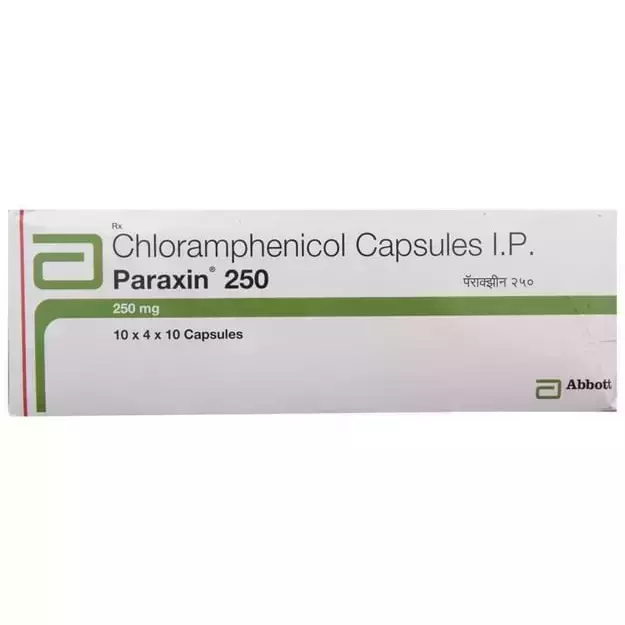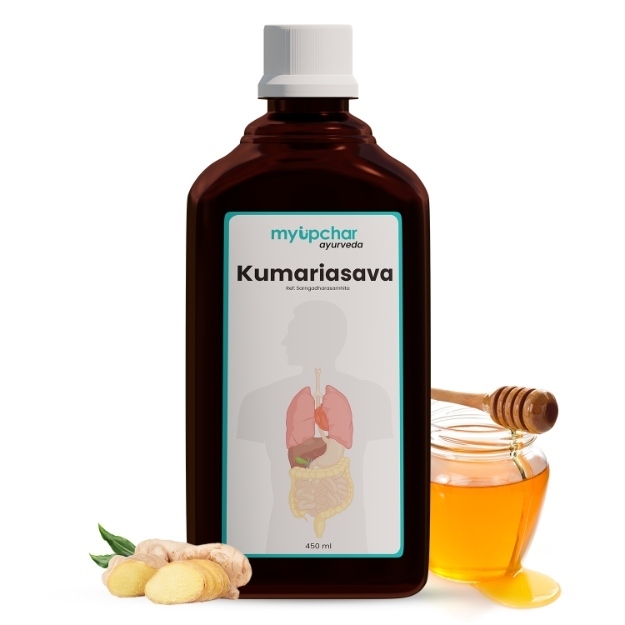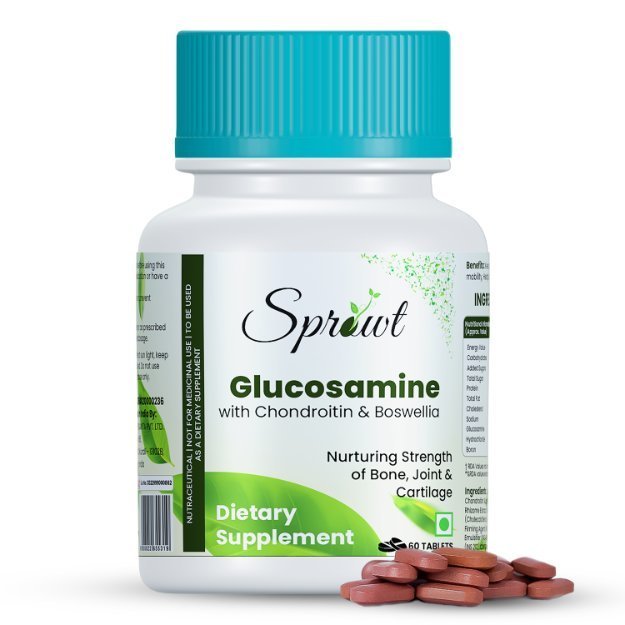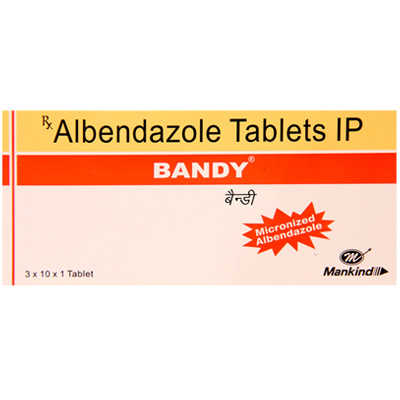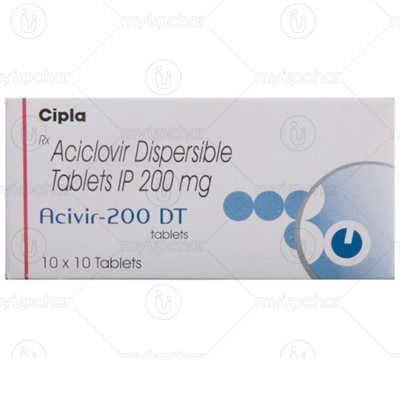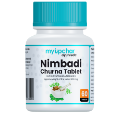Klorum Injection is a prescription drug, available for use as Injection. It is typically used for the treatment of Bacterial Infections. The alternative uses of Klorum Injection have also been explained below.
The correct dosage of Klorum Injection depends on the patient's age, gender, and medical history. Besides the medical condition it is advised for, the route of administration also plays an important role in determining the correct drug dosage. For detailed information on this, read through the dosage section.
Apart from the aforementioned side effects, Klorum Injection can also lead to other problems, which have been listed below. Such side effects of Klorum Injection normally do not last long and go away once the treatment is completed. If, however, they worsen or do not go away, please speak with your physician.
Furthermore, you should know that effect of Klorum Injection is Severe for pregnant women and Severe for women who are breastfeeding. In addition, Klorum Injection's effects on the liver, heart and kidney are discussed below in the Klorum Injection related warnings section.
Klorum Injection is not recommended if you suffer from certain medical conditions as it can have adverse effects. Kidney Disease, Liver Disease are examples of such conditions. Some other conditions that can be affected by Klorum Injection are listed in the contraindications section below.
Drug interactions for Klorum Injection have been reported in the medical literature. See below for a complete list.
You should also be aware that Klorum Injection is safe while driving, and is addiction.
X

